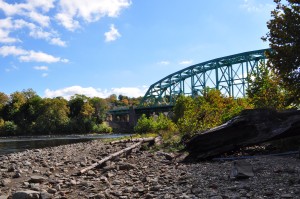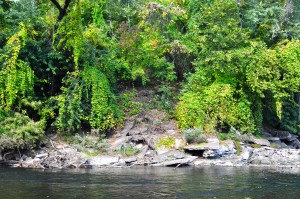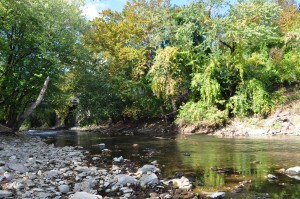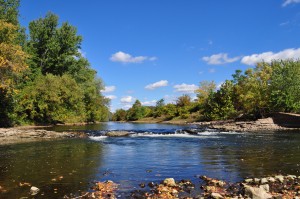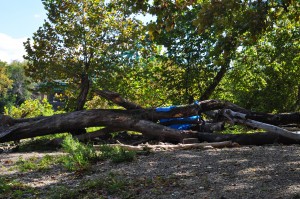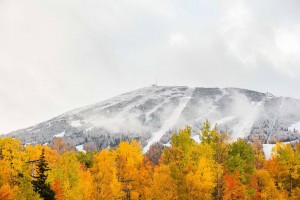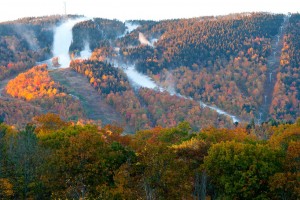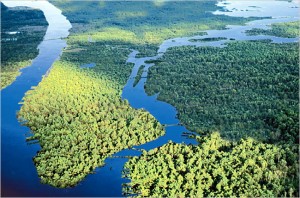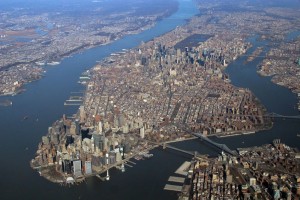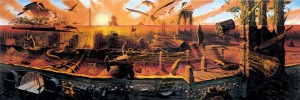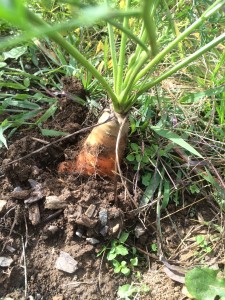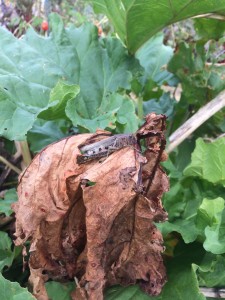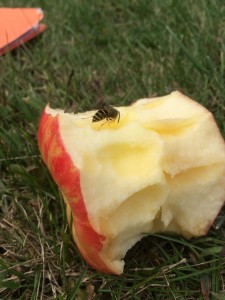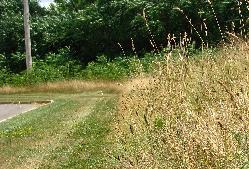On Columbus Day I was lucky enough to paddle along the Great South Bay of Long Island. This wasn’t my plan originally as I had headed out early in the morning to try and surf in the ocean. Unfortunately upon arriving at the beach there were zero waves. Such a bummer as I knew it would be my last chance to ride until the summer. So my boyfriend and I resorted to plan B and headed back to my house to grab my paddle board, kayak and paddles and we decided to spend the morning on the Bay instead.
We threw on our wet suits and headed out and we were both surprised that it was a beautiful morning on the Bay. We were warm in our wet suits as the sun was beating down on us and temperatures rose to the mid 70s. I had no phone, no camera and no watch on me. And I was in absolute heaven. I just focused on maneuvering the paddle board. Because I was focusing on balancing the paddle board I couldn’t sit back and enjoy the beauty around me. However, I really wasn’t mad about this because I realized that working in nature is really the best way for me to reflect and enjoy it. I think that if I sit back and just look around I get too distracted on my own thoughts and fail to enjoy myself.
I felt like a new person without any technology and released from the stresses that accompany them. The only moment that I wanted to take a photo was when we were heading back out of a canal we had adventured down. The water was clam and let the sun twinkle on top of it. At the head of the canal the bay was vast and blue. The shrubs on both sides of the canal were a beautiful green and golden fall combination. My boyfriend and I blurted out at the same time how beautiful of a picture it would be and that we wished we had a camera. However, we agreed that a picture could not replicate the beauty that we saw. We reminded ourselves that remembering that amazing morning would be far better than trying to capture just one part of it and be disappointed by the picture we would have had as proof.
I know we are encouraged to take pictures for this blog but sometimes forgetting the camera is a lot better than dealing with the stress of trying to capture the perfect photo.

